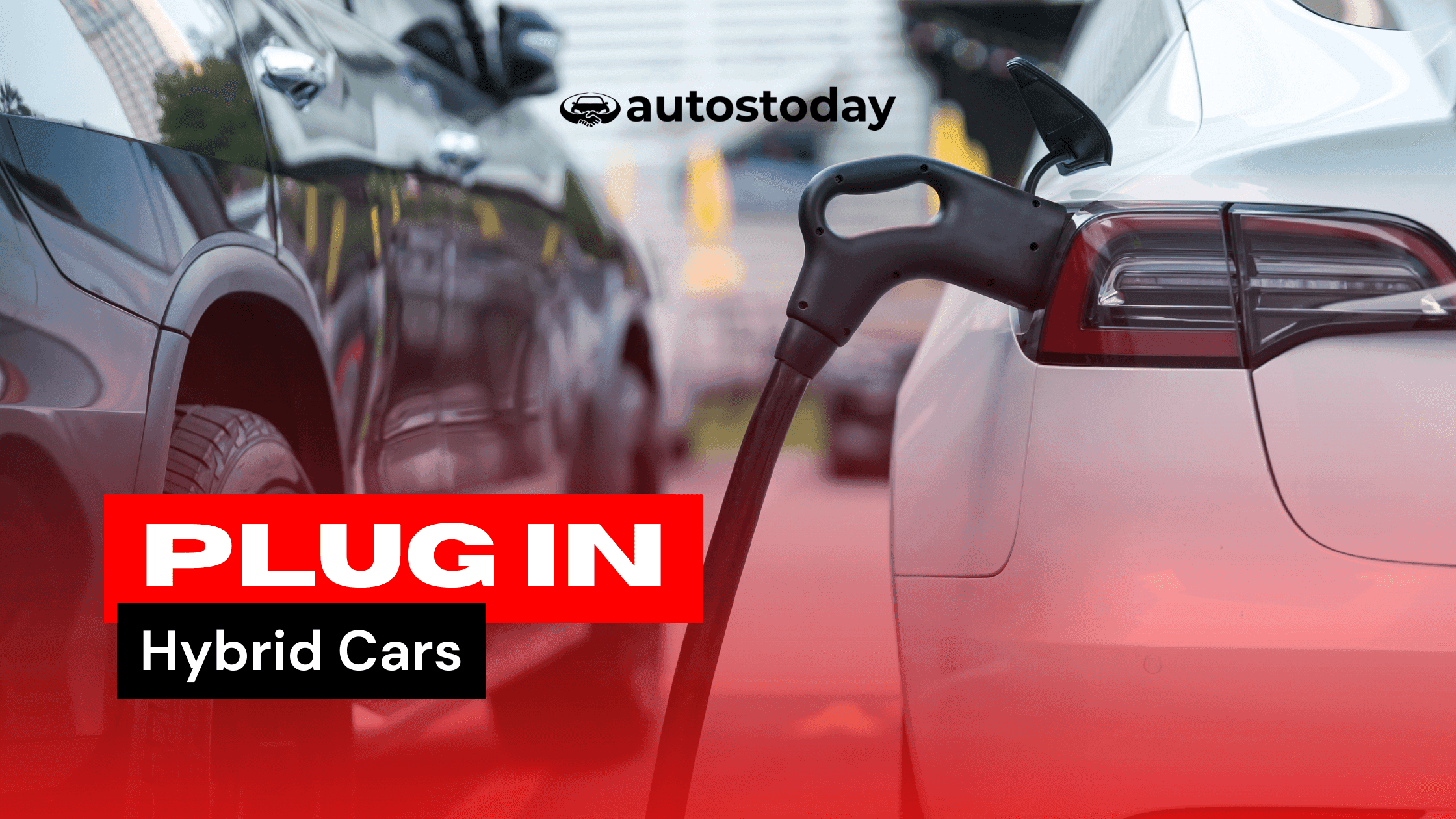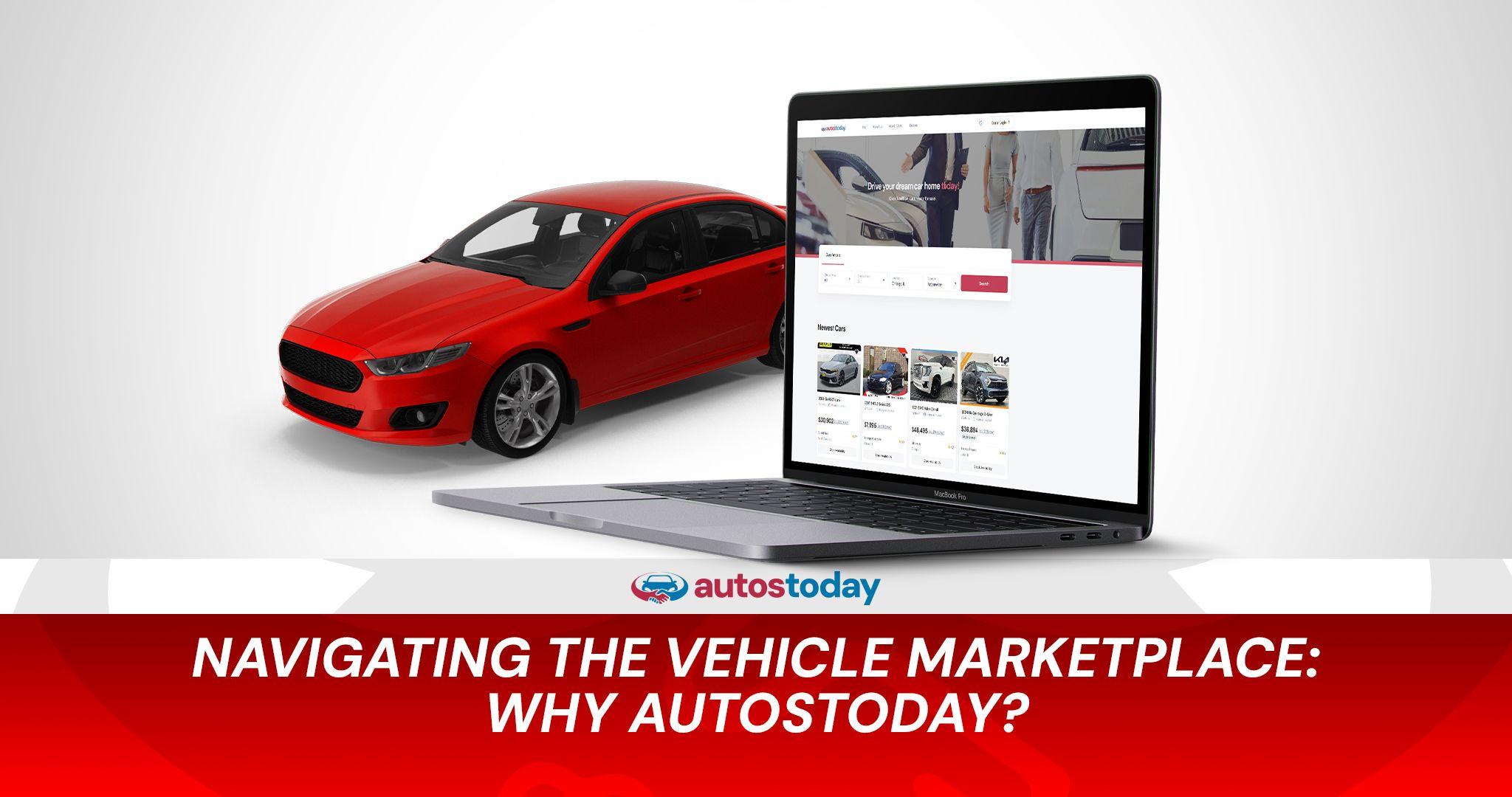Understanding Plug-In Hybrid Cars
Published on Jun 6, 2024 • 5 min read

In recent years, the automotive industry has witnessed significant advancements, particularly in the realm of eco-friendly vehicles. Among the various innovations, plug-in hybrid cars have emerged as a popular choice for environmentally conscious consumers. But what exactly are plug-in hybrid cars, and how do they work? This comprehensive guide delves into the mechanics, benefits, and intricacies of plug-in hybrid electric vehicles (PHEVs).
Understanding the difference between hybrid vs plug-in hybrid is crucial, as plug-in hybrids offer larger batteries that can be recharged from an external power source, allowing for longer electric-only driving ranges compared to traditional hybrids, which rely more on their internal combustion engine.
What is a Plug-In Hybrid?
A plug-in hybrid, often referred to as a PHEV (Plug-In Hybrid Electric Vehicle), is a type of hybrid vehicle that combines a gasoline or diesel engine with an electric motor and a rechargeable battery. Unlike conventional hybrid vehicles, which rely primarily on the internal combustion engine (ICE) and use the electric motor as a supplementary power source, PHEVs can operate on electric power alone for a certain distance before the ICE kicks in.
How Does a Plug-In Hybrid Work?
The working mechanism of a plug-in hybrid involves three key components: the internal combustion engine, the electric motor, and the battery. Here’s a detailed look at how these elements interact:
- Electric-Only Mode: When the battery is fully charged, PHEVs can run solely on electric power. This mode is ideal for short commutes and city driving, offering zero emissions and significantly reducing fuel consumption.
- Hybrid Mode: Once the battery depletes to a certain level, the vehicle seamlessly transitions to hybrid mode, where both the electric motor and the internal combustion engine work together. The ICE can either drive the car directly or generate electricity to recharge the battery.
- Regenerative Braking: One of the innovative features of PHEVs is regenerative braking. When the driver applies the brakes, the electric motor acts as a generator, converting kinetic energy into electrical energy, which is then stored in the battery. This process enhances energy efficiency and extends the driving range.
- Charging: Plug-in hybrids can be charged using standard electrical outlets or dedicated charging stations. The charging time varies depending on the power source and the battery capacity. Typically, a full charge can be achieved overnight using a household outlet or in a few hours with a Level 2 charger.
Benefits of Plug-In Hybrid Vehicles
Plug-in hybrid cars offer numerous advantages that make them an appealing choice for modern drivers. Here are some key benefits:
- Fuel Efficiency: PHEVs deliver exceptional fuel efficiency by leveraging electric power for short trips and relying on the ICE for longer journeys. This dual approach minimizes fuel consumption and reduces overall running costs.
- Environmental Impact: By operating on electric power, PHEVs emit fewer pollutants compared to conventional vehicles. This contributes to lower greenhouse gas emissions and helps combat climate change.
- Flexibility and Convenience: Unlike pure electric vehicles (EVs), PHEVs do not suffer from range anxiety. The presence of an internal combustion engine ensures that the vehicle can cover long distances without needing frequent recharges.
- Financial Incentives: Many governments offer incentives, such as tax rebates and grants, to promote the adoption of plug-in hybrid cars. These financial benefits can offset the initial purchase cost and make PHEVs a more economical choice in the long run.
Common Questions About Plug-In Hybrid Cars
1. What is the meaning of PHEV?
PHEV stands for Plug-In Hybrid Electric Vehicle. It refers to hybrid cars that can be recharged by plugging into an external power source, combining an internal combustion engine with an electric motor and battery.
2. How do hybrid cars work compared to plug-in hybrids?
Traditional hybrid cars rely more heavily on the internal combustion engine, using the electric motor primarily to assist in reducing fuel consumption and emissions. Plug-in hybrids, on the other hand, have larger batteries that can be recharged from an external source, allowing them to operate purely on electric power for longer distances.
3. What is the driving range of a typical PHEV?
The electric-only driving range of PHEVs varies by model but typically ranges from 20 to 50 miles. After the electric range is exhausted, the internal combustion engine extends the overall range to several hundred miles.
4. How do plug-in hybrids differ from fully electric cars?
Plug-in hybrids have both an electric motor and an internal combustion engine, while fully electric cars (EVs) rely solely on electric power. PHEVs offer the flexibility of using gasoline when the battery is depleted, whereas EVs require recharging from an electrical outlet.
5. Are plug-in hybrid cars suitable for long-distance travel?
Yes, plug-in hybrid cars are well-suited for long-distance travel. The combination of an electric motor and an internal combustion engine allows them to switch seamlessly between power sources, ensuring extended range and reducing the need for frequent refueling or recharging stops.
The Future of Plug-In Hybrid Vehicles
As technology continues to evolve, plug-in hybrid vehicles are expected to become even more efficient and accessible. Advances in battery technology, charging infrastructure, and vehicle design will likely enhance their appeal and performance. Furthermore, the growing emphasis on reducing carbon footprints and achieving sustainability goals will drive the adoption of PHEVs in the automotive market.
In conclusion, plug-in hybrid cars represent a significant step towards a more sustainable and eco-friendly transportation future. By combining the best of both worlds—electric and conventional power—PHEVs offer a versatile, efficient, and environmentally responsible alternative to traditional vehicles. Whether for daily commutes or long road trips, plug-in hybrids provide a practical solution for drivers seeking to reduce their environmental impact without compromising on convenience and performance.
Related Articles

Navigating the Vehicle Marketplace: Why Autostoday?
Online platforms have revolutionized the way we buy, sell, and trade cars.
Nov 28, 2024 • 3 min read

Make Your Best Buy Ever
We've curated the absolute best of online buying tips.
Dec 4, 2023 • 2 min read

A Holiday Guide to Buying a Used Vehicle and Saving Big
The end of the year marks a significant surge in car purchases
Feb 13, 2025 • 5 min read

Unlock January’s Best Auto Deals
January: Ideal time to buy a car online - price benefits and great deals.
Jan 9, 2025 • 3 min read